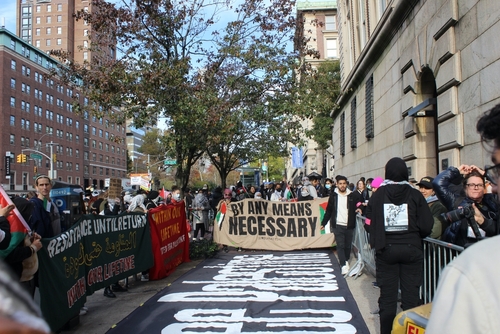The tragic Milwaukee apartment fire raises glaring questions about public safety and preparedness in older buildings.
At a Glance
- Four fatalities and four critical injuries
- Firefighters rescued approximately 30 residents
- Lack of a sprinkler system in the building
- Building left uninhabitable for around 200 residents
Milwaukee Apartment Fire: Details of the Tragedy
A fire erupted in a Milwaukee apartment on Mother’s Day morning, leading to a heartbreaking outcome with four lives lost. Located in the city’s western neighborhood, the fire took place before 8 a.m. in a four-story building. Firefighters, led by Chief Aaron Lipski, mounted a rescue mission, saving about 30 residents with the aid of ladder trucks and courageously entering the burning structure. Despite their heroic efforts, the fire claimed lives and left others critically injured.
The absence of a sprinkler system in the building, constructed in 1968, meant this tragedy might have been averted or lessened. As Chief Lipski noted, “If we had sprinklers in the building, we would have stopped the fire very, very small.” Such insights are crucial as they emphasize the need for updated fire safety standards in older buildings. This revelation raises concerns about the safety of older infrastructures in our urban landscapes.
Rescue Missions Amid Harsh Conditions
The fire, which escalated rapidly to a five-alarm level, required heroism and swift action from Milwaukee’s fire crews. “Our firefighters ascending from the second floor to the third floor were fighting fire blowing down the stairwell at them,” said Chief Lipski, highlighting the relentless challenges faced by the responders. Yet, their actions led to the evacuation of approximately 30 residents, averting further loss of life amidst the chaos.
“As you might imagine, with an advanced fire condition, heavy smoke conditions in a building of this size, with known quantities of people trapped, when our members got here, they were far, far, far outmatched with those initial responding companies,” Chief Lipski continued, acknowledging the formidable challenge his team faced in tackling the blaze.
The American Red Cross is currently providing assistance to the displaced residents. The investigation into the fire’s cause involves both the Milwaukee Fire and Police Departments, as well as the state fire marshal. It’s essential for the investigation to conclude with actionable insights to prevent such tragedies in the future.
Community Impact and Call for Change
The effects of this fire are vast, rendering the building uninhabitable and leaving about 200 people displaced. Milwaukee’s community now faces the daunting task of rebuilding both homes and lives, but also questioning the oversight that left them vulnerable. This horrifying incident has sparked discussion about the necessity of updating safety codes to include sprinkler systems in older residential buildings to ensure public safety.
“There was so much smoke. I climbed out the courtyard with my cat in my backpack,” described resident James Rubinstein, capturing the urgency faced by many who lived through the ordeal. The risk of fires such as this points to a desperate need for reform in how we manage safety regulations, especially in aging infrastructures where newer models of safety haven’t been retrofitted into law.
In conclusion, this tragic blaze starkly illustrates the gaps in safety standards and protocol, and marks an urgent call for legislative action. Governing bodies must recognize the potential for catastrophe and act decisively to prevent the recurrence of such incidents, holding landlords and property developers accountable for adhering to life-saving safety measures.






